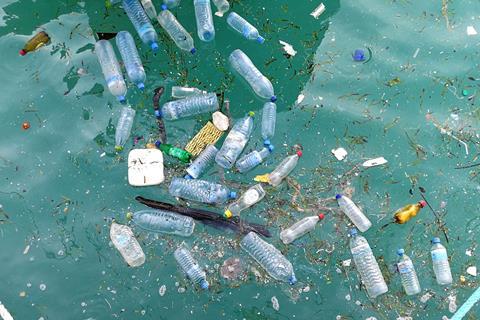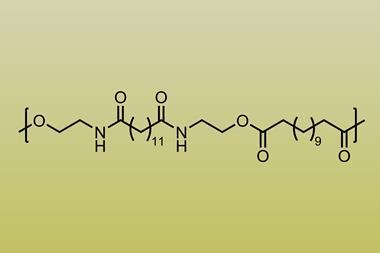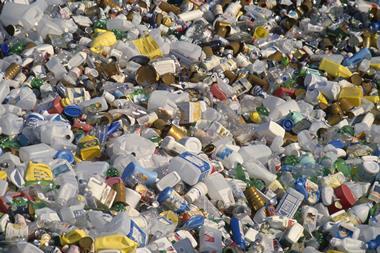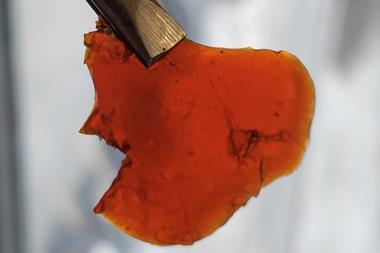A novel, highly porous, biodegradable plastic has been found to degrade in seawater far faster than any other plastic material, and even quicker than paper.

Researchers have been working for a long time to find bioplastics that are both functional and yet degrade rapidly in the environment. Cellulose diacetate (CDA), a plastic-like polymer derived from wood pulp, has been shown to biodegrade in natural environments on timescales of months to years. However, it has been hypothesised that introducing microstructural pores into the material, a technique called foaming, could speed up the degradation process.

Marine chemists from Woods Hole Oceanographic Institution in Massachusetts, US, in partnership with chemicals company Eastman, evaluated several CDA foams of varying densities, alongside conventional polystyrene foams, to compare the rate of degradation in a tank of continuously flowing seawater over 36 weeks. The researchers also controlled the temperature, light exposure and other environmental variables to mimic the marine environment.
They found that the CDA foams degraded rapidly under coastal seawater conditions. Over 36 weeks the medium and low-density foams lost more than 35% and 65% of their mass, respectively. In comparison, the conventional polystyrene foam did not degrade at all.
In addition, the degradation rates of low-density CDA foam were found to be approximately 15 times that of solid CDA, four times that of paper and were faster than any plastic evaluated under environmentally relevant marine conditions.
The researchers concluded that foaming expanded the range of material properties and increased the surface area of CDA and that together, these qualities could yield designs that ‘inherently minimise many environmental impacts of plastic use’.
References
BD James et al, ACS Sus. Chem. Eng., 2024, DOI: 10.1021/acssuschemeng.4c05822

















No comments yet